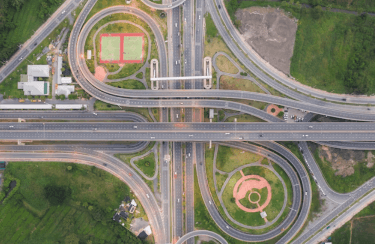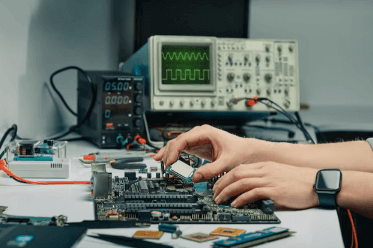Question
a.
True bearing
b.
Magnetic Bearing
c.
Arbitrary bearing
d.
Magnetic Declination
Posted under Surveying
Interact with the Community - Share Your Thoughts
Uncertain About the Answer? Seek Clarification Here.
Understand the Explanation? Include it Here.
Q. Horizontal angle with the Arbitrary Meridian through one of the extremities of the line is called _______
Similar Questions
Explore Relevant Multiple Choice Questions (MCQs)
Q. The Magnetic Bearing of a line is 48°24′. Calculate the true bearing if the magnetic declination is 5°38′ East.
View solution
Q. The magnetic bearing of a line AB is S 28°30′ E. Calculate the true bearing if the declination is 7°30′ West.
View solution
Q. Horizontal angle between true meridian and magnetic meridian is __________
View solution
Q. When magnetic meridian is right side to true meridian, then Magnetic Declination is said to be _________
View solution
Q. When magnetic meridian is left side to true meridian, then Magnetic Declination is said to be ________
View solution
Q. The length of a line measured with a 20 m chain was found to be 250 m. Calculate the true length of the line if the chain was 10 cm too long.
View solution
Q. The length of a survey line was measured with a 20 m chain and was found to be equal to 1200 m. If the length again measured with 25 m chain it is 1212 m. On comparing the 20 m chain with the test gauge, it was found to be 1 decimeter too long. Find the actual length of 25 m chain used.
View solution
Q. A surveyor measured the distance between two points on the plan drawn to a scale of 1 cm is equal 40 m and the result was 468 m. But, actual scale is 1 cm = 20 m. Find the true distance between the two points.
View solution
Q. If L is true length of chain and L’ is incorrect length of the chain the correction to area A is _________
(Where ∆L/L = e, e is small and A’ is measured area)
View solution
Q. If L is true length of chain and L’ is incorrect length of the chain the correction to Volume V is _______
(Where ∆L/L = e, e is small and V’ is measured area)
View solution
Q. The difference between a measurement and the true value of the quantity measured is _____
View solution
Q. The difference between the two measured values of the same quantity is ______
View solution
Q. Which of the following are not sources of errors?
View solution
Q. A tape may be too long or an angle measuring instrument may be out of adjustment. Then such type of error comes under which source of error?
View solution
Q. Investigation of observations of various types shows that accidental errors follow a definite law. This law is called ______
View solution
Q. A line which joins subsidiary stations on the main line is called _____
View solution
Q. In which type of surveying only linear measurements are made?
View solution
Q. A survey station is prominent on the chain line and can be either at the beginning of the chain or at the end. Such stations are known as ______
View solution
Q. What is laid by joining the apex of the triangle to any point on the opposite side or by joining two points on any two sides of a triangle?
View solution
Q. The accuracy in the location of the objects depends upon the accuracy in laying the ________
View solution
Recommended Subjects
Are you eager to expand your knowledge beyond Surveying? We've handpicked a range of related categories that you might find intriguing.
Click on the categories below to discover a wealth of MCQs and enrich your understanding of various subjects. Happy exploring!








